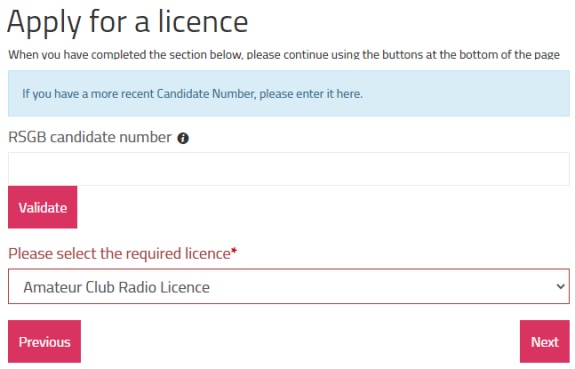
This hasn't always been the case, prior to 1964 there was only a single licence. There are currently three types of licence issued in the UK, these are Foundation, Intermediate and Full. Queens Jubilee (Golden 2002, Diamond 2012) Many other secondary prefixes were only used for events of national significance and required an NoV (Notice of Variation) to your licence. When operating a club call sign in England, you can choose whether to operate using the secondary prefix or not (Prior to 1st Dec 2006 they were ONLY to be used for greetings messages by the non-licensed.) Clubs in other parts of the UK can either use their RSL or club RSL, in certain UK contests, additional points are awarded for contacting club stations and use of club RSLs is encouraged. These can either be Regional Secondary Locators (RSL) or to identify special types of station. There are also a number of 'secondary' prefixes that can be added to the intial G, M or 2.
M6 FOUNDATION LICENCE FULL
A full list of prefixes is available here. Originally controlled by the Post Master General, the first Amateur licences were issued in 1905 and were for "Experimental Purposes".Īllocation of Call Sign Prefixes is managed by the ITU (International Telecommunications Union) and the UK is currently allocated the letters G, M and the number 2. Older UK callsigns will also look slightly different to the examples given.In the United Kingdom, Management of the wireless spectrum has been under the control of the Government since the Wireless Telegraphy Act 1904 came into force. NOTE: Example callsigns given are for standard English callsigns currently being issued: Slightly different callsigns are issued to amateurs in Scotland, Wales, Northern Ireland, the Isle of Man and the Channel Islands.

Of course, you can stop at the Foundation or Intermediate level if you want to! Your callsign will look like MØZZZ (MØ + three letters). Having taken – and passed – the exam at the end of this course you’ll have everything that this fascinating hobby has to offer, open to you. You can then move on to the Full Licence, which may in the future become known as the Advanced Licence. Having passed the exam, you’ll get a callsign which looks like 2EØZZZ (2EØ + three letters), and have access to more frequencies and methods of operating. You’ll learn some more electronic theory and do some practical construction under the guidance of experienced teachers. You can then go on to the Intermediate Licence, with another short course consisting of a few evenings, or a couple of weekends. Having passed the end of course examination, you’ll get a callsign which looks like M6ZZZ (in other words, M6 followed by three letters) and will be able to operate on air, using a restricted range of frequencies and low power.

M6 FOUNDATION LICENCE HOW TO
You’ll learn some of the theory about how radio works, although there’s nothing brain-boggling! You’ll also learn the rules of amateur radio operating, and how to operate safely. You start with the Foundation Licence, and courses for this usually last a couple of individual days, or a full weekend. There are now three types of licence, and your local amateur radio club probably runs courses: In the South West Hampshire RAYNET-UK Group’s area, the Itchen Valley Amateur Radio Club certainly does, and there may be others. You still need to know the stuff, though! It’s now much easier to get an amateur radio licence than it used to be: courses are much cheaper, and more accessible, and the examinations are structured in a way that is easier to understand. Of course, you can just chat if you want to! Many US Space Shuttle missions have amateur radio on board, and talk to stations on the ground, and Helen Sharman (Britain’s first astronaut) had a number of amateur radio contacts as part of her space mission.
M6 FOUNDATION LICENCE CODE
Radio amateurs can communicate not only by voice, but by pictures (moving and still) morse code (still used with delight by many amateurs) and computer: There are satellites in space dedicated solely to amateur radio, and some radio amateurs communicate by bouncing radio signals off the moon, meteor trails or the aurora borealis. Some amateurs study electronic theory to the level at which they can build their own radios: Most have constructed an aerial or two. Peter G4EOW operates a demonstration station for the public.įor most amateurs, passing the exam to earn their licence is just the start of a learning process as they seek to advance their skills and become more proficient.


 0 kommentar(er)
0 kommentar(er)
